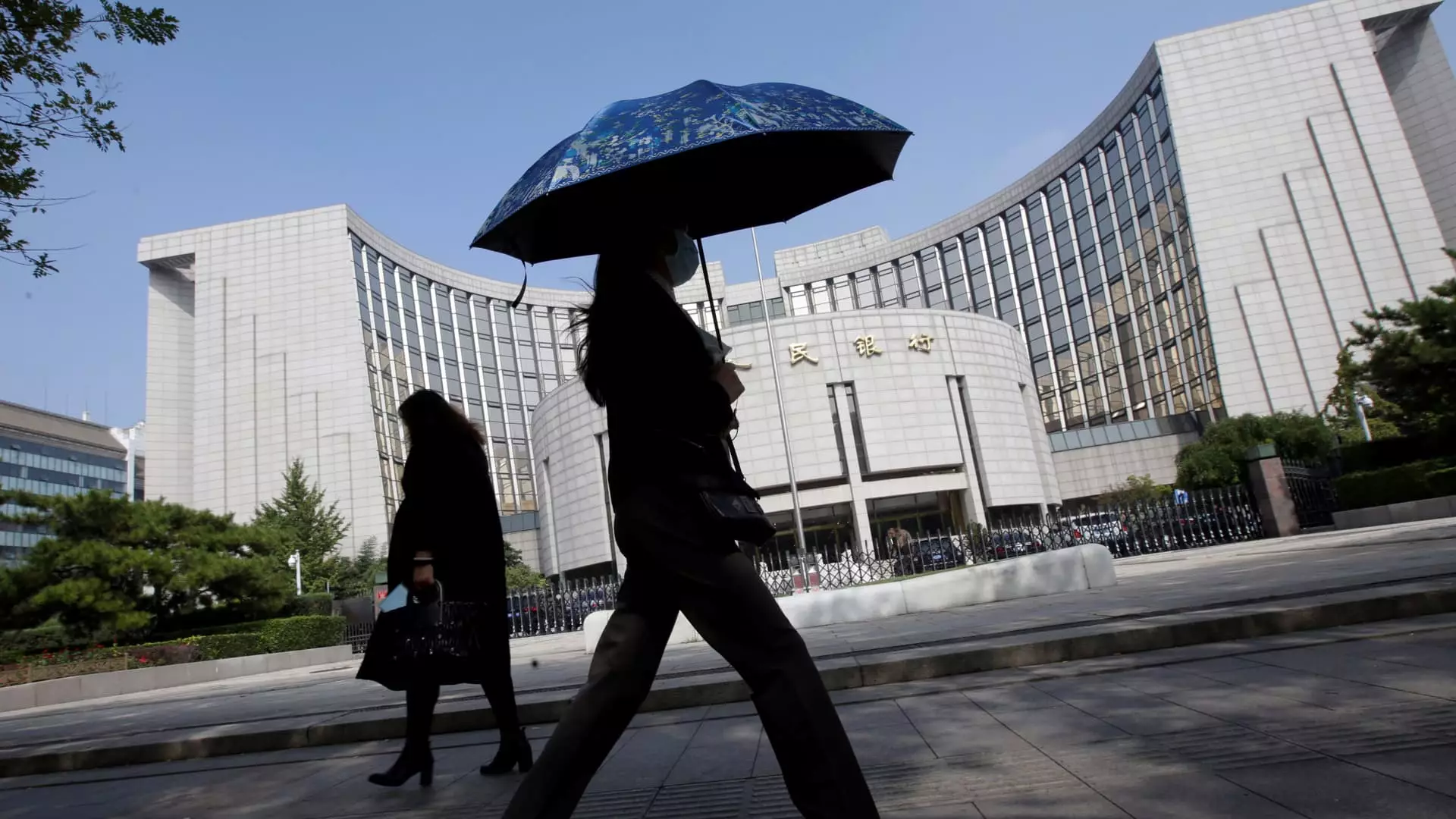Fitch Ratings has adjusted its expectations regarding China’s policy rate for the upcoming years due to external and domestic factors. The agency no longer anticipates a rate cut in 2023 and has postponed it to 2024, citing the U.S. Federal Reserve’s decision to maintain high interest rates as a key influencer. Jeremy Zook, Fitch Ratings’ head of sovereign rating in Asia Pacific, highlighted concerns about the exchange rate against the U.S. dollar as a constraint on the People’s Bank of China (PBOC) in the current year. However, Zook expressed optimism that the Fed’s potential policy rate cuts next year could provide the PBOC with more maneuverability in setting China’s policy rate.
The Federal Reserve’s recent decision to keep its key interest rate steady has created implications for China’s economic landscape. The U.S. dollar’s strength against the Chinese yuan, driven by the Fed’s tighter monetary policy, poses challenges for the PBOC in managing capital outflows and exchange rate stability. As the yuan approaches lows last seen in 2008, concerns about financial institutions’ net interest margins (NIM) have also emerged. A weaker Chinese currency may further exacerbate these challenges, necessitating policy adjustments by Chinese authorities.
Despite the limitations imposed by external factors, Fitch Ratings expects Beijing to leverage fiscal policy as a tool to navigate economic uncertainties. With the Fed signaling a singular rate cut by year-end, Beijing may need to rely on alternative policy measures to stimulate economic growth and address potential vulnerabilities in the financial sector. The PBOC’s coordination with fiscal authorities will be essential in achieving a balanced approach to monetary and fiscal policy in the coming years.
PBOC Governor Pan Gongsheng reiterated the central bank’s commitment to a “supportive” monetary policy stance in the face of evolving economic conditions. Emphasizing the stability of the yuan’s exchange rate and highlighting the challenges posed by global monetary policy dynamics, Pan underscored the need for a pragmatic approach to interest rate management. As major developed economies postpone shifts in their monetary policy, China must carefully calibrate its policy rate decisions to maintain financial stability and support sustainable economic growth.
Fitch Ratings’ revised forecast for China’s policy rate reflects a nuanced assessment of the country’s economic outlook and external influences. The interplay between Fed policy decisions, exchange rate dynamics, and domestic economic conditions will shape China’s monetary policy trajectory in the near term. By recalibrating its expectations for policy rate adjustments and emphasizing the role of fiscal policy, China aims to navigate uncertainties and sustain economic resilience in a complex global environment.


Leave a Reply